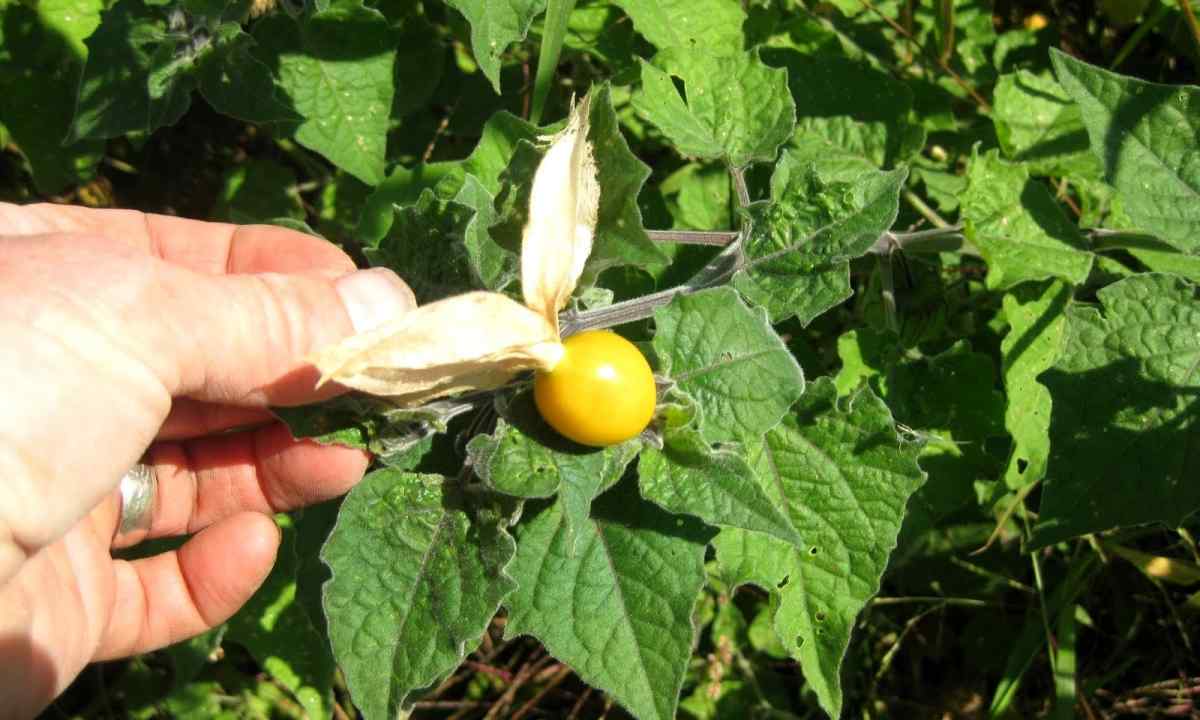Among gardeners the cape gooseberry consisting in close relationship with tomatoes and pepper enjoys the increasing popularity recently. At all beauty and surprising taste it is unpretentious, is not exacting to weather patterns and is resistant to wreckers and diseases. Therefore even the beginning gardener independently can grow up cape gooseberry.
Instruction
1. Define what grades you will put. There are two big groups of grades of cape gooseberry – berry and vegetable. Carry the South American types to the first, such as Peruvian and Strawberry. The second group is made by the Mexican cape gooseberries and grades removed on their basis.
2. In detail study features of the grades chosen by you.
3. On the site plant only one species of vegetable cape gooseberry and one – berry. It will help to prevent "biological" contamination.
4. Correctly to grow up cape gooseberry, you make crops depending on features of the chosen grade and weather conditions. In the southern regions the seeds can be planted directly in soil, and in northern, it is better to prepare seedling. Sowing works are performed in the spring, or in the fall. Cultivation of seedling should be begun at the end of April. Character cape gooseberries are similar to tomatoes – also love the sun and heat, fertile soils which should be proizvestkovat in advance. Crops carry out in holes at distance about 60 cm from each other. Previously in everyone it is necessary to put compost with addition of 10 g of superphosphate. Carry out further fertilizing mullein and mineral fertilizers. Regularly hill cape gooseberry and powder with prime quality land the basis of stalks. It will provide emergence of additional roots.
5. Cape gooseberry bushes during their development should be tied up three times. The first time – at stage of growth of the main branches, the second – during formation of multiple branches, the third – when speyushchy fruits will begin to decline branches to the earth. As a result of garter the plant will be better lit with the sun, to be pollinated by bees.
6. Carry out nipping of the top flowers and tips of the highest branches. It is necessary to do it at the beginning of September when nights become colder. Fruits will be poured and ripen much quicker.
7. Collect fruits when they get ripe filling and sugar content. If you want to keep for a long time cape gooseberries, remove them slightly immature.
